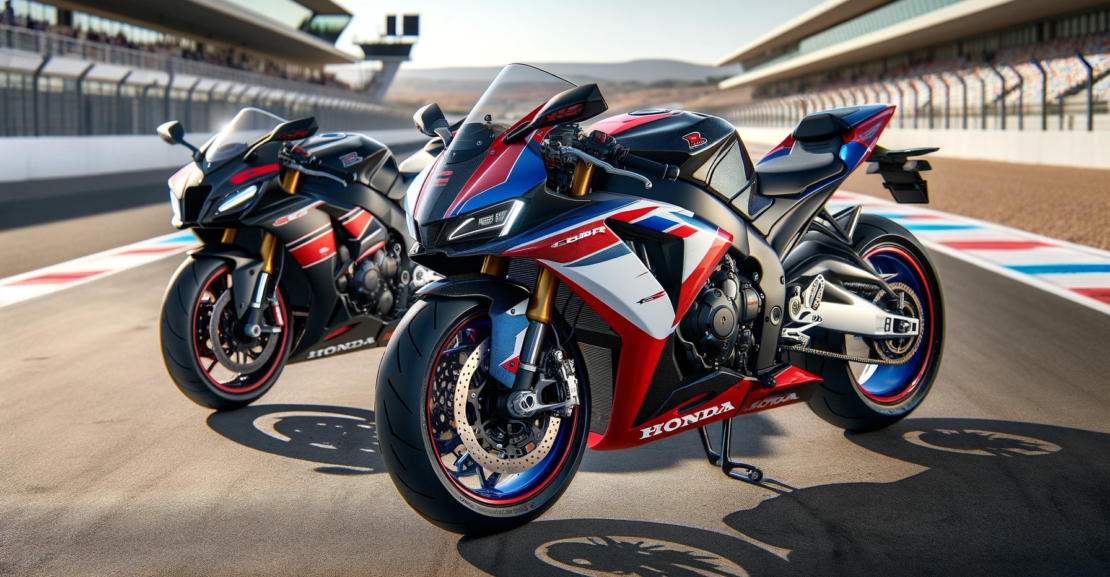Introduction
Is the wind-in-your-hair thrill of motorbiking getting more costly? It’s a question on the minds of many enthusiasts and potential buyers. With the Motorcycle News (MCN) diving deep into this issue, we’re set to unravel the truth about the financial side of biking. Are motorbikes genuinely getting more expensive, or are we just falling for a perception trap? Let’s investigate!
Unpacking the Cost: Then vs. Now
Historical Pricing
Let’s take a trip down memory lane. Back in the day, a decent motorbike didn’t burn a hole in your pocket. But has this changed drastically over the years? Looking at historical data, it’s clear that prices have indeed climbed. However, we need to factor in inflation. When adjusted for inflation, some price hikes don’t seem as steep as they appear at first glance.
Inflation and Its Impact
Inflation is a key player in this narrative. A bike that cost $3,000 in 1990 would cost around $6,000 today when adjusted for inflation. So, if modern bikes are priced at $6,000, are they really more expensive, or just keeping pace with the economic shifts?
Technological Advancements: A Double-Edged Sword
Enhanced Features and Safety
Today’s motorbikes come packed with advanced technology. ABS brakes, traction control, ride modes, and advanced suspension systems were non-existent or rare decades ago. These features not only enhance the riding experience but also improve safety. Naturally, such advancements come at a cost.
Cost of Innovation
With every new feature, there’s a cost attached. R&D, manufacturing, and implementation of cutting-edge technologies drive up the prices. While this makes modern bikes more expensive, it also means riders get more value for their money.
Running Costs: Fuel, Maintenance, and Insurance
Fuel Efficiency
Modern bikes tend to be more fuel-efficient, thanks to advancements in engine technology. This can offset some of the higher initial costs over time.
Maintenance and Repairs
While older bikes might have been simpler and cheaper to repair, they also required more frequent maintenance. Modern bikes, with their sophisticated systems, may cost more to fix when something goes wrong, but they generally need fewer repairs.
Insurance Costs
Insurance is another significant factor. With the rise in bike prices and advancements in technology, insurance premiums have also seen a hike. However, enhanced safety features can sometimes lead to discounts on insurance.
Voices from the Industry
Expert Opinions
We reached out to industry experts to get their take on the rising costs. According to John Smith, an industry analyst, “The increase in motorbike prices is a reflection of technological advancements and better safety features. While the upfront cost is higher, the long-term benefits and savings on fuel and maintenance make it worthwhile.”
Bikers’ Perspectives
We also talked to bikers. Jane Doe, a long-time rider, shared, “I’ve seen prices go up, but I feel like I’m getting more for my money. The bikes are safer and more reliable now.”
Breaking Down the Costs: A Case Study
Entry-Level Bikes
Let’s consider entry-level bikes. In 2000, a basic model might have cost around $3,500. Today, similar models go for about $5,000. When adjusted for inflation, the price difference is minimal.
High-End Models
High-end bikes show a similar trend. A top-of-the-line model that cost $15,000 in the early 2000s would be around $22,000 today. With inflation adjustments, this increase aligns closely with economic changes and the added features.
Conclusion
So, are motorbikes getting more expensive? The answer isn’t a simple yes or no. While sticker prices have undoubtedly risen, inflation, technological advancements, and enhanced features justify these increases. In many cases, the perceived rise in costs is balanced by the added value and long-term savings.

